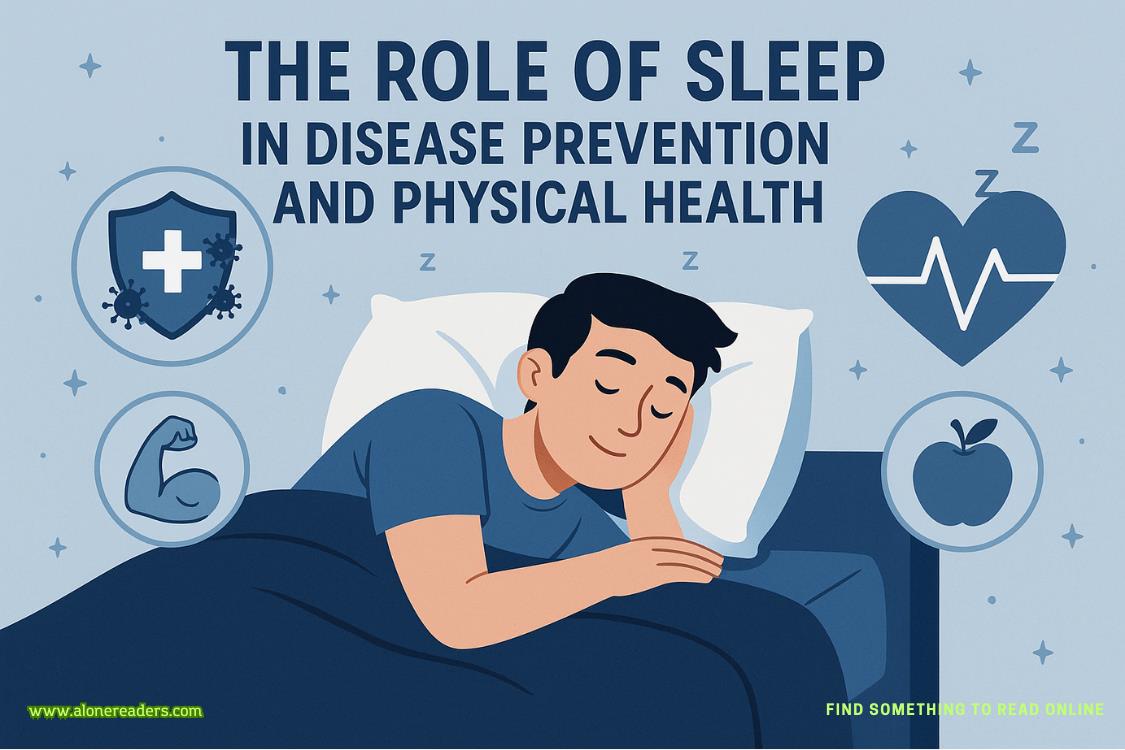Locking her bicycle by the west door, she swiped her keycard over a scanner and made her way inside the cold, functional building to LIGO’s makeshift control room, a vestibule outside the Matter in Extreme Conditions hutch. MEC housed machinery for experiments requiring the presence of—what else?—extreme conditions. The behavior of black holes was nothing if not extreme.
The hutch itself was out of order, however, its bright yellow laser enclosure waiting on a materials upgrade. With the X-ray laser powered down, the computers in MEC’s control room were as viable as any others in the West Experimental Hall for running the software required to remotely manipulate the lab’s interferometer.
“Morning.” She greeted the area engineer, Dr. Viktor Hasselblad, and the hutch operator, Martina—cheerful despite the ungodly time and her indulgences at Left Bank. “Ready to eavesdrop on some neutron stars?”
“I never would’ve guessed how much overlap there’d be between my job and the work of a reporter for a Hollywood tabloid.” Martina scooted back her chair from her operator computer and Erin entered her credentials into the running LIGO software, concentrating on her keystrokes, not on how she was bent over the desk. “Stars, they’re just like us. Weird and incomprehensible.”
“Currently, at least.” She stepped away. “But if I could somehow solve the quantum gravity problem—”
“You’d graduate from beat reporter to CEO of theNew York Times.”
“That, or publish as many sole- and first-author papers as I wanted inNature PhysicsorPhysical Review.”
“Right,” with a wink.
Access Granted
Half a mile west near the lab’s klystron gallery, an L-shaped Michelson interferometer hummed to life. Mirrors placed at the ends of its forty-kilometer arms and near the beam splitter in each arm prepared to reflect light, creating an interference pattern that LIGO’s photodetector measured and converted into electrical signals for analysis. On Martina’s activation, forty-watt lasers entered the instrument, bouncing between each arm’s mirrors almost three hundred times before merging—interfering—with the laser beam from the parallel arm, the machinery exploiting the physical properties of light and space to detect the compression and dilation of gravitational waves rippling across the planet.
“The interference fringes are sharpening.” Any lingering distraction neutralized, now; she couldn’t help holding her breath while the lasers ping-ponged down LIGO’s arms, while the beams split and reunited, any measurable interference between them signaling the existence of a gravitational wave—and depending on the signal, even its origin. Stars colliding? Black holes swallowing galaxies? Less than a mile away from the control room, instruments were tracking movements in the fusion of the three dimensions of space and the single dimension of time: space-time.
She’d once imagined that her work at SVLAC would advance the frontiers of science, enhancing humanity’s understanding of and relationship to the universe. Her radical optimism had submerged occasionally beneath the petty annoyances of paperwork and office politics. But that irritation vanished whenever she stepped into an experimental control room, whenever she saw data appearing on the monitors, knowing that it meant weeks of cleaning and modeling, months of analysis—and newfound knowledge about the interactions and behaviors of distant astrophysical bodies. No matter how many times she ran a collection cycle, her breath still shortened in her chest. Goosebumps still rippled over her skin like LIGO’s waves.
“…and now, we let LIGO eavesdrop, and just hope there’s a star-studded argument.” Sitting back from her controls, Martina yawned and raked her fingers through her hair. “Do you think Blue Bottle is serving coffee yet?”
“Probably not. But I brought a cold brew, if you want some.”
“God, yes.”
“No food or drink in my control rooms,” the area engineer reminded them. Then he held out a travel mug in preparation for stepping away to check on his other hutches in the West Experimental Hall. “Just a splash.”
Smiling, Erin divided her coffee three ways. She drank with the engineers in the camaraderie specific to very late nights and very early mornings, the bright lights and flashing monitors alienating them from any sense of time. There was a dissociative giddiness to those hours, potent with caffeine, sleep deprivation, and from her thrill at the march of data over the screens.
It wasn’t really necessary for her to remain in the control room for LIGO to take its measurements. Lab policy only required that she enter her access credentials to activate the interferometer each time it ran a data collection cycle, her time slot was atrocious, she couldn’t begin analyzing LIGO’s electrical signals until they were exported to her computer, and if the instrument’s lasers or mirrors went haywire, there wouldn’t be much that she could do to physically fix them.
But how could she stay away?
After an hour or ten, she set down her empty bottle and went to study the monitors more closely. “Any variations between the laser beams are too small to see with the naked eye—but still. Just imagine the pressure on the fabric of space-time necessary to generate even the tiniest real data blip!”
“Enough pressure to make a diamond, definitely.” Martina joined her at the screens. “Maybe that’s a commercial angle for your research: no more blood diamonds. All you need is a black hole.”
“Easier than growing them in a lab, obviously.”
“Obviously. Your next grant application—or another sole-author paper?—will be dazzling. Data is a girl’s best friend.”
Erin rolled her eyes at Hasselblad as he returned to their control room after another round of checks. “If we’re doing bad song lyrics: did you know that when the white dwarf star BPM 37093 cooled, its center crystallized into one of the largest diamonds in the universe? It’s nicknamed ‘Lucy’. Lucy in the sky with diamonds.”
Martina burst into laughter. “I want to hate it. But I can’t. Now you have to use that reference somewhere in a paper or an all-hands presentation.”
“I heard that yesterday’s all-hands was an interesting one,” Hasselblad added. He fiddled with his phone, and the electronic opening bars from “Lucy in the Sky with Diamonds” began to play. “Everything’s better with a Beatles reference, though. My kids love ‘Yellow Submarine’. Drives me crazy sometimes, but I always end up singing along—”
Beep.Beep-beep. Beep. Beep-beep.
“Wait…damn, that’s not a submarine.” Erin hurriedly fished through her backpack. The alarm on her phone was pinging again, announcing lunchtime.
Noon.
Her hours were gone, both the sun and the turkeys were up outside, Ethan would be here soon for his lab stint, and stories about yesterday’s meeting had clearly circulated through SVLAC.















